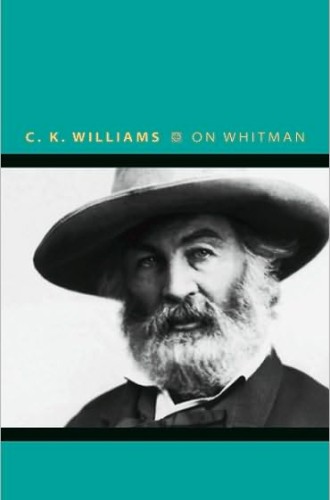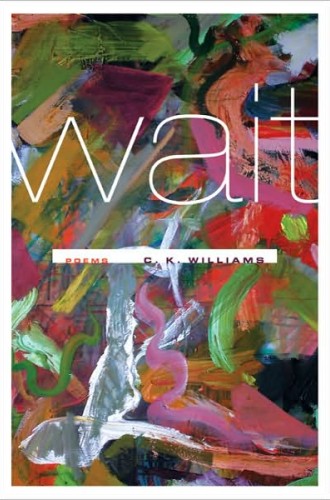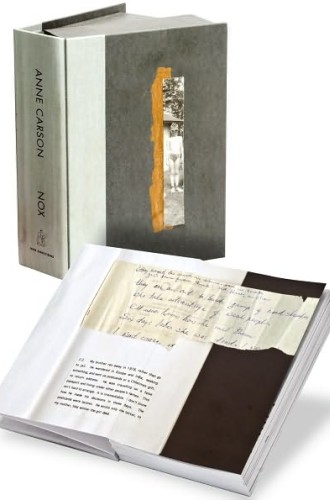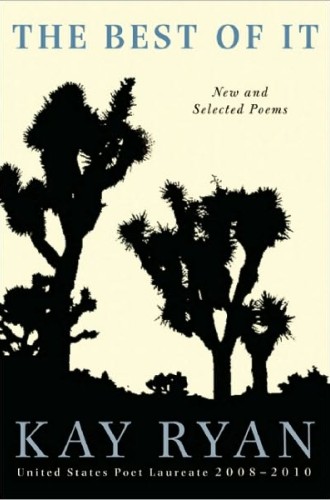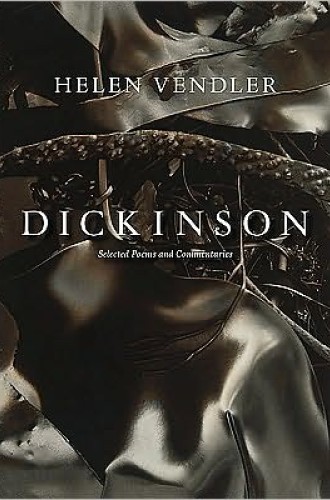CC recommends: Poetry
C. K. Williams, On Whitman. Williams wishes to "clear the air" of critical knowledge about Whitman and "reconfirm the raw power of the poetry." For a young poet, reading Whitman is sheer revelation, a delight bordering on disbelief. How could all this have come to pass? Williams provides a portrait of Whitman that is terse and told in present tense—it reads like the notebook of a detective, hot on the trail. For Williams, Whitman reminds us that poetry can be a "form of knowledge and a way to truth."
C. K. Williams, Wait: Poems. Williams's own poetry features cresting, long-lined (and in many ways Whitmanian) celebrations of Dante and other writers and meditations on travels in Africa, from which he gleans insights into human nature and behavior in comparison with the animal world. His poem "Back" begins with laconic euphemisms and rises into an almost childlike paean to a beloved.
Anne Carson, Nox. Carson has always been daring. Her work is steeped in erudition and haunted by elegiac strains. This combination reaches a new height and expresses a unique loss in Nox. The title refers to a word in the Roman poet Catullus's elegy for his dead brother, famously honored with "Ave atque vale"—"Hail, and farewell." Carson's book is a word-by-word study of Catullus's elegy, but, as with any Carson book, it is many other things as well. Most important, it is a record of personal reckoning with the death of an estranged brother, who like Catullus's brother died far away. Nox is also an experiment in book form. The book itself is one long sheet of paper in accordion folds, and the whole work sits within a box. (Think cigar box, but taller and thicker.)
Kay Ryan, The Best of It: New and Selected Poems. Ryan is an understated West Coast poet, a community college teacher and former poet laureate. The newer poems feature Ryan's characteristic word play and short, studied lines. Most are driven by curiosity or the writer's sense of craft. Words attract one another, claims one poem: "Set one out / like a bait goat / and wait and / seven others / will approach. / But watch out: roving packs can / pull your word / away." It sounds like a parable of discipline, in praise of the high lyrical road that says more by saying less.
Helen Vendler, Dickinson: Selected Poems and Commentaries. Each poem is followed by a short illuminating essay by Vendler. (This increasingly popular mini-essay format began with Vendler's own The Art of Shakespeare's Sonnets.) Emily Dickinson has not gone without critical attention lately, but it has been mostly concerned with placing her within her historical context and the odd assemblage around her. A consummate close reader, Vendler focuses unswervingly on the poetry, noting, to take one example, how "The Poets light but Lamps—" features poets capable of merely a "certain spectrum of sensibility," whereas their "vital Light" requires a lens in each age (that is, us as readers) to spread that light outward.


